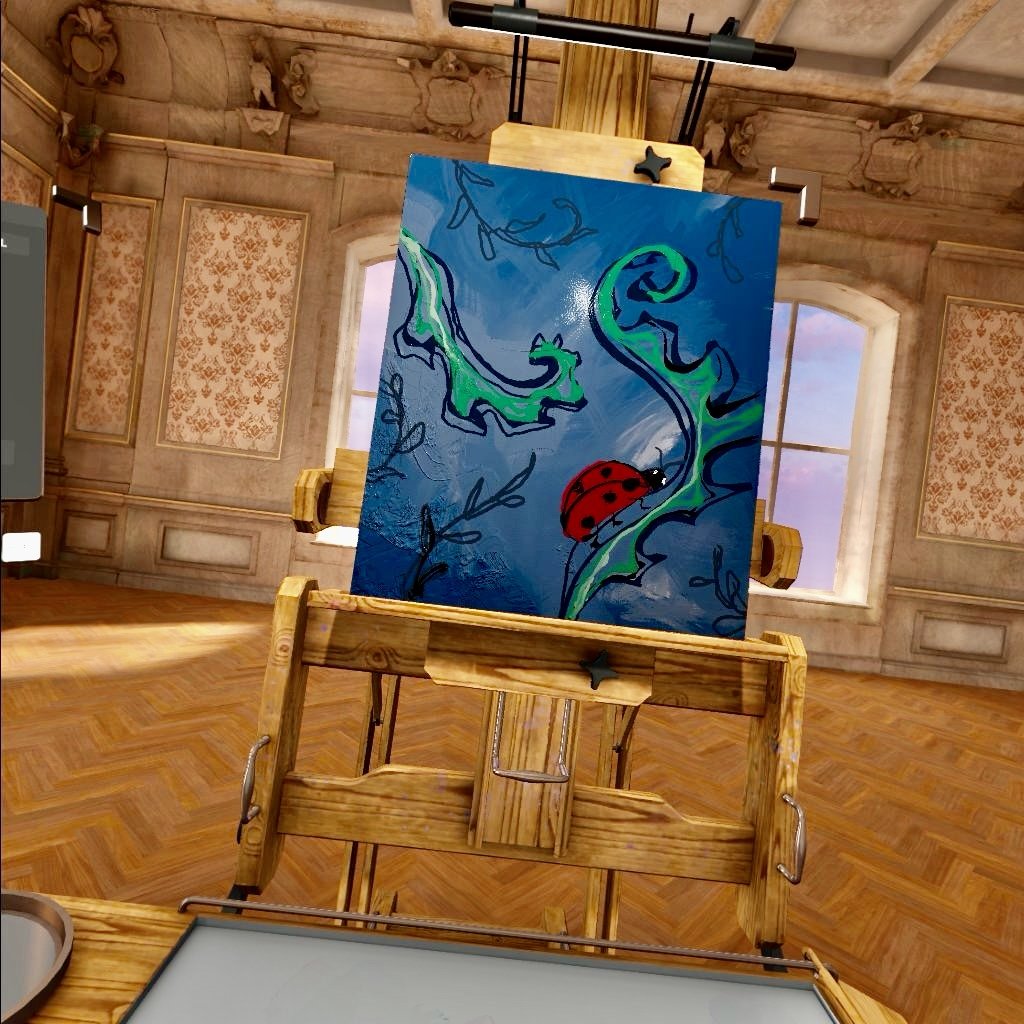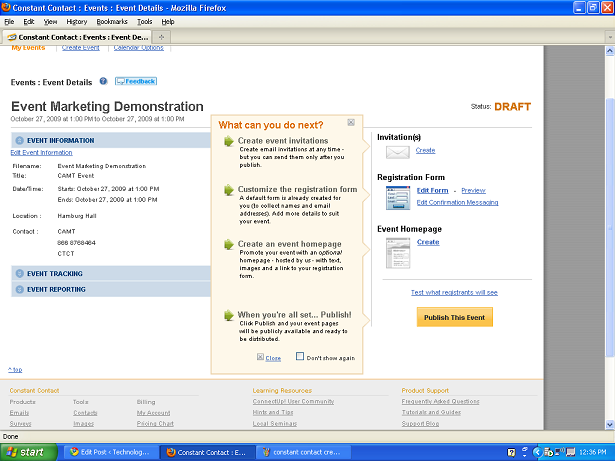Is Google Art Project setting a new standard for the online art world, or is it all just hype? Since its release a few days ago, the public has taken its first stroll through the project’s virtual galleries and in general, first impressions have been enthusiastic.
Birth of Venus
"The Birth of Venus" by Sandro Botticelli. Uffizi Gallery, Florence via Google Art Project
Arts lovers are all abuzz about its fabulous image quality, its accessibility to broad audiences, and its educational potential. While it is too early to tell how much of an impact Art Project will actually make on museums and the art world, the collaborative spirit and innovative technology of the site shows great promise.
For the past 18 months, Google has collaborated with 17 world-class museums to create "Street View"-style tours of their permanent collection galleries. While “walking” around a gallery, a virtual museum-goer can zoom in on any one of 1000 artworks. Many of these images are also accompanied by information such as descriptions of the work, artist biographies, links to more in-depth coverage on the museum’s website, and even some informational videos.
The Hermitage Museum via Google Art Project
The State Hermitage Museum, St. Petersburg, Russia via Google Art Project
Even better, one artwork per museum is available in “gigapixel” resolution of up to 14 million pixels so that you can zoom in almost microscopically close to the canvas. This allows for an intensive scrutiny of artwork that has not been previously available online.
In addition, visitors have the option to curate their own virtual collections, including details that are captured by zoom, and comments about the art. These collections can be shared via Facebook, Twitter or embedded link. It’s free, but you’ll need to sign in to a Google account to create your own collections.
Navigating through the virtual galleries can be mesmerizing. Personally, I loved the feeling of revisiting those museum galleries that I hadn’t been to in years. It was a truly moving experience to be able to unlock those visual memories. And for those museums that I haven’t yet visited but have always wanted to see, it was great to get a taste of what visiting might actually feel like.
The Street-View technology at times can be quite cumbersome and frustrating. Often, I found myself stumbling around, bumping into invisible walls, fruitlessly clicking away and trying to back myself out of corners. In addition, the image resolution of the navigation tool can be fuzzy, especially in contrast with the images of the artwork itself.
Starry Night
The “gigapixel” technology is jaw-dropping, and it feels so much more intimate than your run-of-the-mill online image. As Nancy Proctor and Julian Raby of the Smithsonian point out, "to engage with the work of art in this way transforms the web experience from an informational one to an emotive one.” I imagine, and hope, that these super high-resolution images will someday become ubiquitous in online museum collection. While not a substitute for seeing the art in person, these images are breathtaking in their own right. Detail of "Starry Night" by Vincent Van Gogh. MOMA via Google Art Project
Many pieces in the galleries are blurred out due to copyright issues. While this is understandable, it can also be distracting. Furthermore, most of the museums offer very few actual galleries to explore. MOMA, for example, has just one gallery and the lobby. And the lobby doesn’t have any art that is actually visible or accessible to the viewer. Over at Art21, guest blogger Kevin Buist has some interesting thoughts about the uncanny effect of seeing so many doorways into other galleries that in fact are blocked by those invisible walls.
It’s an impressive debut, despite its flaws. Perhaps most exciting is its collaborative approach to making museums accessible to new audiences around the world. While virtual gallery tours have been offered online before, they have existed in isolation from one another. Art Project brings them together in a visually stunning way, where curious users can wander around museums that they didn’t even know existed.
Some have criticized that Google is cherry-picking the museums involved and therefore curating its artistic content, but I would counter that they had to start somewhere. If the Art Project is successful, doubtless they will need to grow their museum roster, especially to include non-western museums. And I suspect that some of those navigational kinks can be worked out over time as well.
It remains to be seen if the Art Project will truly be able to sustain audiences over time, but I hope that it can. Anytime art can reach new audiences in innovative ways, I think that it’s cause for the art sector to celebrate.






















